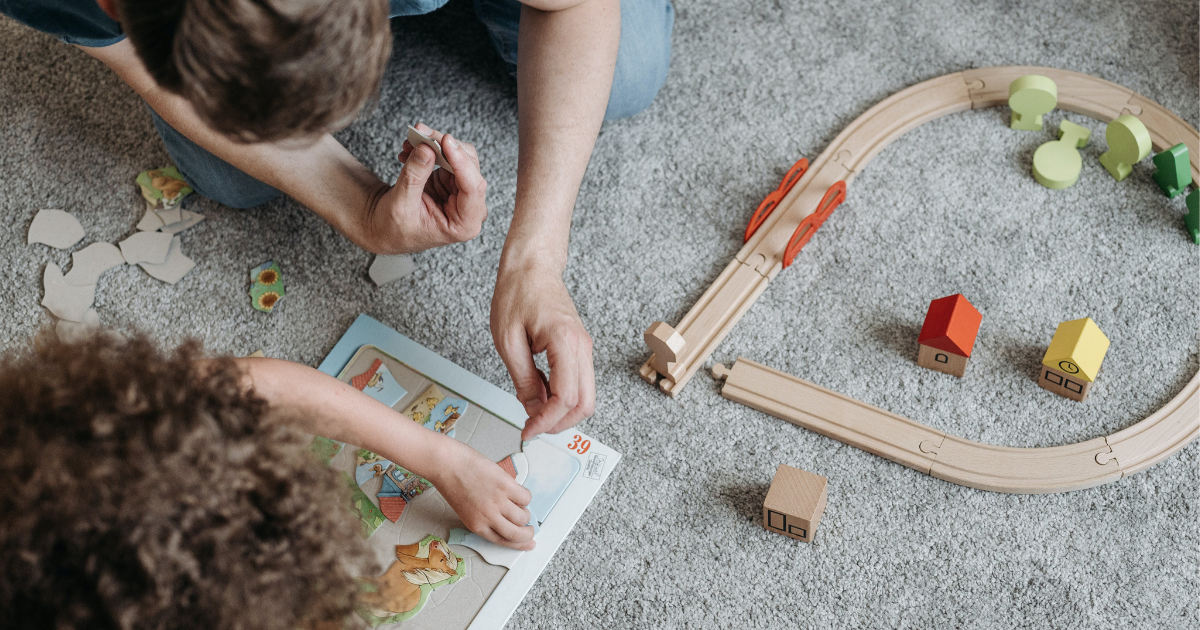
Wooden Toys Build a Licensing Business
By: Mark Seavy
Wooden toys have long been a childhood hallmark, but they are currently making a comeback.
The trend is, in part, being driven by the shift away from plastic toys toward those made with more sustainable materials. It also benefits from the use of non-toxic materials, which are especially appealing to a market with sales growth in the one- to three-year-old demographic, an age where cognitive development begins.
Moose Toys, for example, has dabbled in wooden toys in the past but recently inked a deal to distribute UK-based 8th Wonder’s Bluey-licensed wooden products in North America. 8th Wonder also has licensing deals with Universal’s Minions and Jurrassic World, MGA Entertainment’s L.O.L. Surprise, Studiocanal’s Paddington, and others.
Mattel signed an agreement with Kmart Australia, under which the retailer’s Anko Global division has an exclusive to source preschool products for sale under the Fisher-Price brand. Anko also doubles as Kmart’s private label brand in Australia. Mattel has wooden toys under Thomas & Friends and previously had them with Fisher -Price.
In January, Spin Master closed on the $950-million acquisition of wooden products supplier Melissa & Doug, which CEO Max Rangel characterized as “strategically compelling” with “the potential to accelerate our long-term growth and strengthen our relationship with parents.” Prior to its sale, Melissa & Doug launched a National Parks Foundation line of puzzles, hiking and grizzly bear playsets, animal stickers, and other products. The toyco has worked with Nickelodeon’s Blues Clues and Spin Master’s Paw Patrol brands in the past.
“Sustainability is an added benefit and, as a company, it is something we are mindful of with a lot of our initiatives in packaging and plastic alternatives,” said Joseph Smith, VP of Global and U.S. Marketing at Moose Toys. “With Bluey, we look at who the consumer is, how they spend their day, and what their values are, and it certainly aligns with that sustainability piece along with the play aspect. But plastic inherently has advantages [over wood] for cost and what you can do with it in terms of molding.”
Despite its potential limitations, all of this investment in the wooden toy category makes sense when you consider that global sales of wooden toys are forecast to increase 3.9% annually to reach $34.4 billion in 2031, whereas overall toy sales in the U.S. declined 8% last year. Additionally, focus on the category now is likely part of longer-term planning as the toy industry will be under pressure in the coming years as countries increasingly move to phase out or limit plastic use.
In Australia, for example, the government released the National Plastics Plan in 2021, which sets benchmarks to increase recycling. The plan calls for 100% of plastic packaging to be reusable, recyclable, or compostable by 2025. Australia’s Recycling and Waste Reduction Act, meanwhile, banned the exporting of unsorted mixed plastics and phased out non-compostable plastic packaging that shatters or collapses on impact.
“More and more IP owners are moving to non-plastic, so it is going to be harder and harder for a brand to play in the old toy space,” said Nick Mills, Retail and Trend Director at Australia-based licensing agency Merchantwise. “The companies need to continue to keep evolving and make sure they are on track in terms of hitting [recycling] targets.”

















